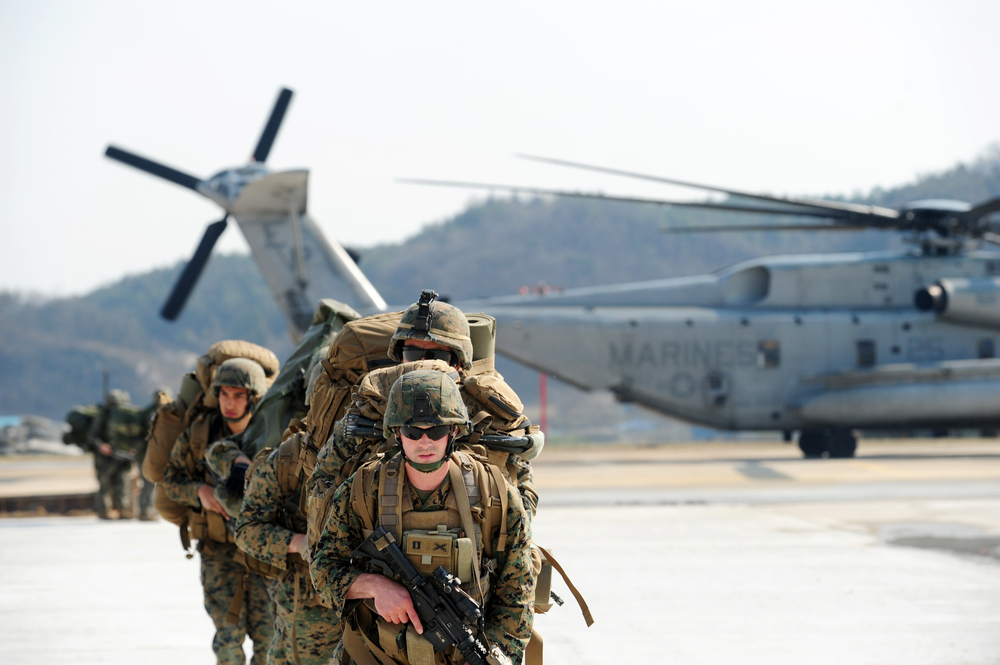
The Marine Corps recently held a simulation training event called ‘COPE JAVELIN.’ The simulation followed a fictional operational scenario involving marine aviators from various units using flight simulators for different aircraft. They connected across different simulation systems and worked together to defend against a fictional enemy force. This integration of multiple simulation systems gave Marine pilots and the Marine Air Control Group the opportunity to accomplish realistic training without leaving their respective bases, thus saving fuel, ordnance, maintenance, and various other costs associated with conducting this type of training in real life.
Prior to this integration, the group would run separate simulations with simulated pilots and aircraft, and only be in communication with a single pilot who would be acting as the team leader. COPE JAVELIN, on the other hand, provided additional opportunities to have key roles within the command and control structures manned by multiple participants. Rather than two to three integrated systems involved in pilot training, they can now integrate more than ten simulators that bring together integral parts of the exercise.
In designing the project, Captain Tony Megliorino, the lead planner of COPE JAVELIN, stated, “The idea of being able to connect our simulator and simulation systems across the MAW for mutually beneficial training and readiness gains would be a tremendous capability. COPE JAVELIN will ideally lay the foundation for the MAW to utilize both simulated and virtual training methods to increase overall combat readiness.”
Lt. Col. Eric Grunke, the director of aviation training systems for the Marine Corp group, explained, “The aim is not to replace live-fly events for units, but to enhance their performance by demonstrating the capability [all six aviation functions] in a virtual environment first. Additionally, the goal is [to] eventually train in [overseas] areas, at locations of possible Wing employment, not just US training areas.”
